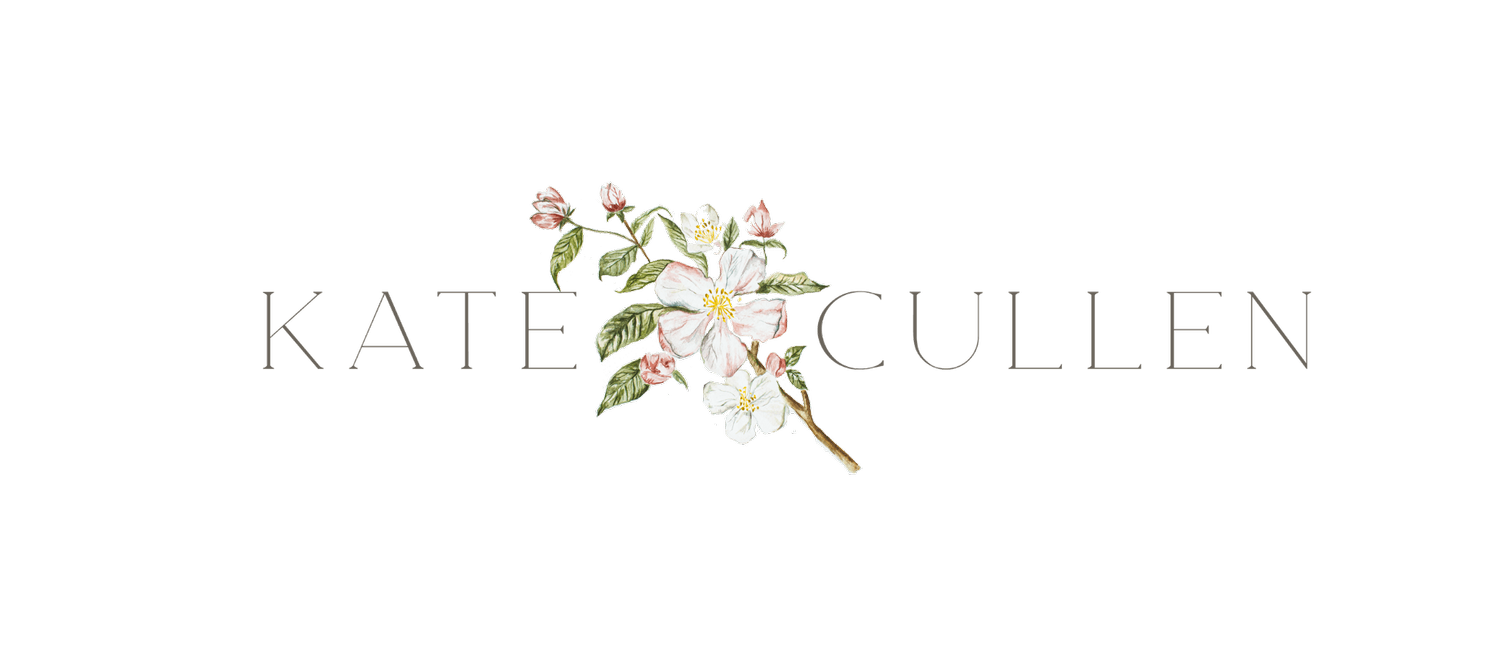Why I love analogue film photography
One of the most common questions I get asked when clients find out I shoot hybrid (both digital and film photography) is what kit do I use, and why do I love film photography, and why should they choose it for themselves and their photography needs?
Ilford 400, Pentax K1000 shot for Clare Lloyd Accessories
Why do I shoot film?
There’s something so uniquely special about the way an analogue film camera sees the light, the way it blends what I see through the lens with the chemicals to produce something utterly spellbinding. Digital photography with manipulation in post can come close, but can never quite match it in my opinion. It’s part of the magic.
There are lots of reasons to not shoot film – it’s expensive, time consuming and you have literally ‘one shot’, unlike digital where you can instantly see if you have caught the moment in question.
But I love the meditative side of it, the way you are forced to take your time, to truly consider each frame, to check and double check your settings and feel the moment for what it is and could be in the end image.
I also love the ritual of loading and winding film, of securing them in their little cannisters and posting them off to the lab for processing. That feeling waiting for those jpegs to hit my inbox, then that inner child-like squeal of delight when some of the images are just perfect – the delayed gratification somehow making it that touch sweeter.
In that moment you feel connected to every other film photographer before you, knowing that each and every one of else have had that magical moment in the reveal (as well as that crushing instant when you realised a shot you thought you’d mastered didn’t quite work, swiftly followed by the resolve to perfect it next time round).
I feel shooting analogue makes me a better photographer, that I waste fewer shots when I shoot with my digital camera then too.
Why, you might ask, do I then not shoot film all the time? The answer is simple really, commercial photography (ie my works for creative brands) often demands that I create large numbers of images in small time frames. This has huge implications in terms of cost and deliverability. By offering both I can give the best of both worlds to my clients, giving them the option of how much they’d like to spend, and how long they want to wait.
Often I shoot the main body of images on digital, choosing some special moments to capture on film that are more artistic in nature, something you might want to have turned into a print rather than just added to your website. Longevity of appeal is really important to me, and these types of images are often more abstract, emotionally charged and have timeless appeal.
Ilford 400, Pentax K1000, processed by Southsun
Collection shoot for Clare Lloyd Accessories
What analogue film photography kit do you use?
So, here’s the tech stuff. I have two vintage 1970s Pentax K1000 bodies. These are some of the best 35mm analogue film cameras ever built – virtually indestructible I know because I have used mine for over 20 years, with many of those years in all weathers on muddy, dusty, hot and freezing conditions outdoors whilst I was a field archaeologist!). They are now relatively inexpensive to pick up on eBay (around £150-£200 if you’re interested in taking the film photography plunge).
I have a range of lenses for them, varying from wide angle to portrait and zoom lenses. I am about to add a macro to my arsenal too (because why not!).
Portra 400, Pentax K1000, Processed by Southsun
Collection shoot for Clare Lloyd Accessories
What film stock do you use?
For colour I love Portra (ISO 160, 400 and 800), and for Black and White I’m a huge Ilford HP5 Plus 400 lover. I tend to load colour in one of the bodies and black and white in the other, although if a client wants only either or, then I can load two different ISO rolls so I get the best results whatever the lighting conditions throughout shoot day. I usually get my film from Analogue Wonderland and then have them processed at Southsun, however I also like having fun and playing around with expired film rolls for my own art, and you can pick these up on eBay too.
I hope you’ve enjoyed this insight into my film photography approach, do comment below with any of your questions and I’ll do my best to answer them.



